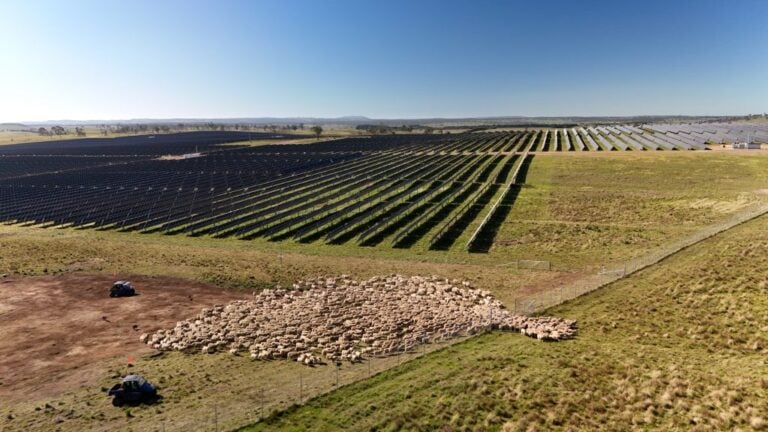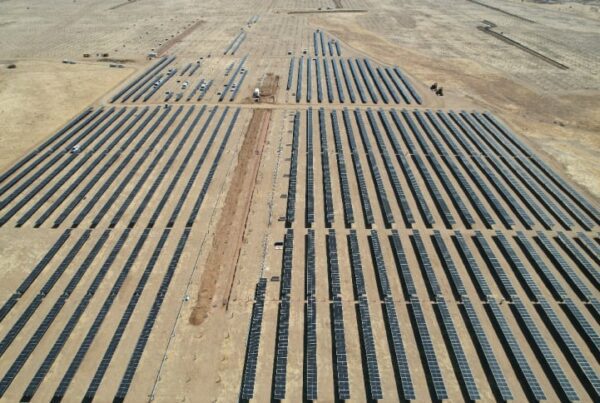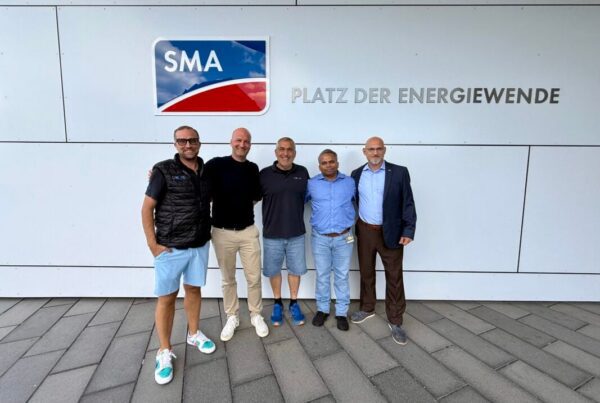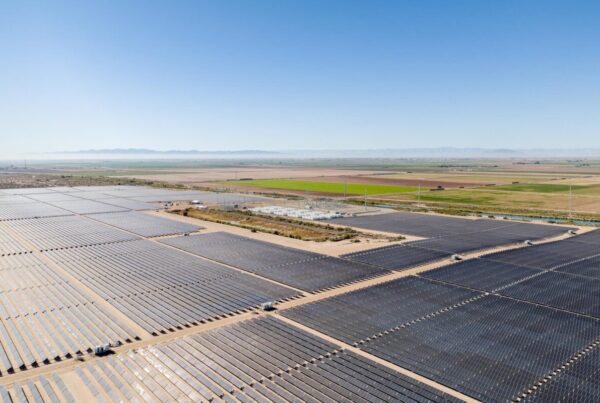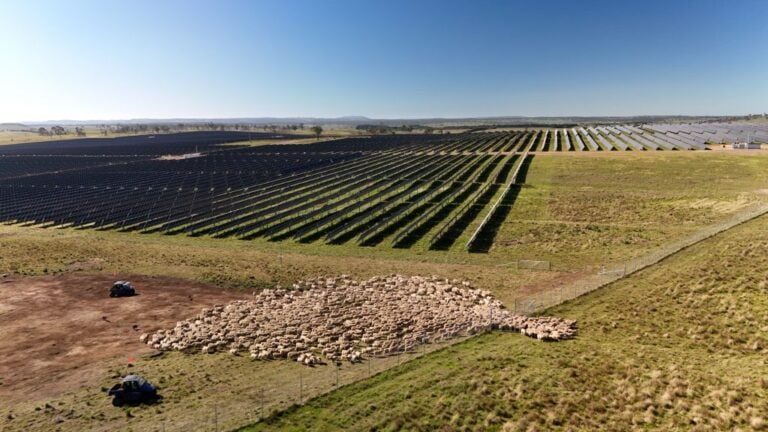
Acen Australia intends to develop a 180MW/360MWh battery energy storage system (BESS) 2-hour duration facility co-located with the solar PV power plant. Planning documents outline that the BESS units will be around 3.5m high and feature an active gas-fired fire protection system.
The solar PV power plant element of the proposal will see around 200,000 solar PV modules installed using a single-axis tracker racking system. It is worth noting that Acen Australia has yet to finalise the project’s sizing and number of PV modules and inverters. Space for sheep to graze under the modules will be incorporated into the project’s plan.
The project’s operational lifespan is 30 years, with the potential for upgrades, including repowering the plant. The project area stands at 290 hectares. A scoping report for the project was submitted in July 2024.
Construction of the project is scheduled for 2027, subject to securing the necessary approvals in time. Acen revealed in its scoping report that the estimated development cost of the project has not yet been determind.
Acen’s Cooma project is located in Bunyan, in the New South Wales region of Snowy Monaro, 7km north of the township of Cooma. It will connect to the existing electricity network infrastructure via a TransGrid 132kV line to the west of the site. The project is around 120km south of Canberra.
Acen Australia progresses 600MW Birriwa solar-plus-storage site
In September 2024 Acen Australia was granted federal approval from Tanya Plibersek, Australia’s minister for the environment and water, for its 600MW Birriwa solar-plus-storage project in New South Wales.
The project will include a centralised BESS with a capacity of up to 600MW/1,200MWh and a duration of 2-hours. This setup will allow the excess electricity generated by the 600MW solar PV component of the project to be stored and released during peak demand periods.
Acen Australia had been granted approval for the project by the New South Wales Independent Planning Commission (IPC) in August.
Construction is anticipated to begin in late 2026 – early 2027 for six months, and it will have an expected operational lifespan of 30 years. However, much like the Cooma proposal, the project may include infrastructure upgrades that could prolong its longevity.


